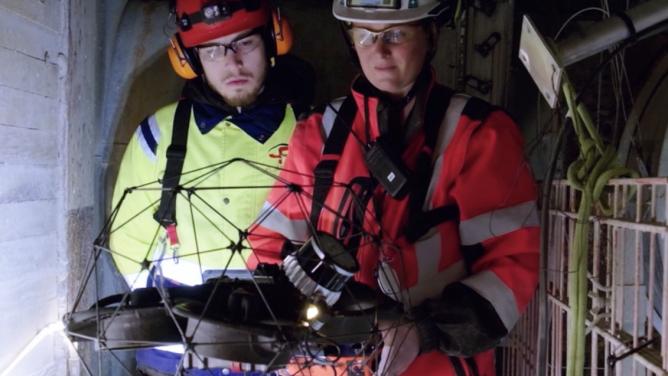We’re talking about algorithms, or more precisely, the one developed by Cover. The Los Angeles-based startup makes one simple promise: to create the ideal home, be it a principal or secondary structure, customized to the client’s desires. The customer completes a long survey of around 50 to 100 questions to define the scope of the project, which is then fed into the machine. It in turn interprets the answers in terms of functional, aesthetic, construction and technical choices, creating a design that matches the client’s expectations, with the materials’ characteristics and layout needs in mind.
Such a method has many obvious advantages when it comes to home automation energy efficiency and managing the influx of natural light and ventilation, for which the modelling is complex. The company’s CEO, Alexis Rivas, explains that the device is proving very useful beyond the big issues. “We focus on the quality of the little details – like the way light reflects off surfaces, or how a door handle feels.” The completion of their first unit seems to prove him right. The studio-office space created in a Californian garden ticks all the right boxes for finding its way onto the front cover of any design magazine.
To show off their new product, the startup additionally relies on a recent opportunity in the market. Not so long ago, California passed a law relaxing backyard homebuilding rules. “We’ve noticed a growing interest in constructing backyard annexes or extensions…” explains the youthful founder.
Although Cover employs architects, developers and designers, they consider themselves first and foremost to be a tech company. “We’ve developed a system of creating your own prefab home that covers everything from A to Z. The system is devised to ease the transition from modelling to manufacturing,” details Alexis Rivas. When it comes to the software, Cover relies on the perfect blend of existing methods and their own solutions. “We’ve developed a proprietary software for the design process, which allows us to create personalized plans much faster than if we used traditional solutions. For the construction, we use a software program that is more commonly used in the aerospace and automotive industries.”
The company’s credo is turning the construction sector towards the world of modular home conception, along with a dose of the customary spiel on major innovation in the industry. “No more coordination with architects, planning departments, and contractors,” the company’s website proudly boasts.


